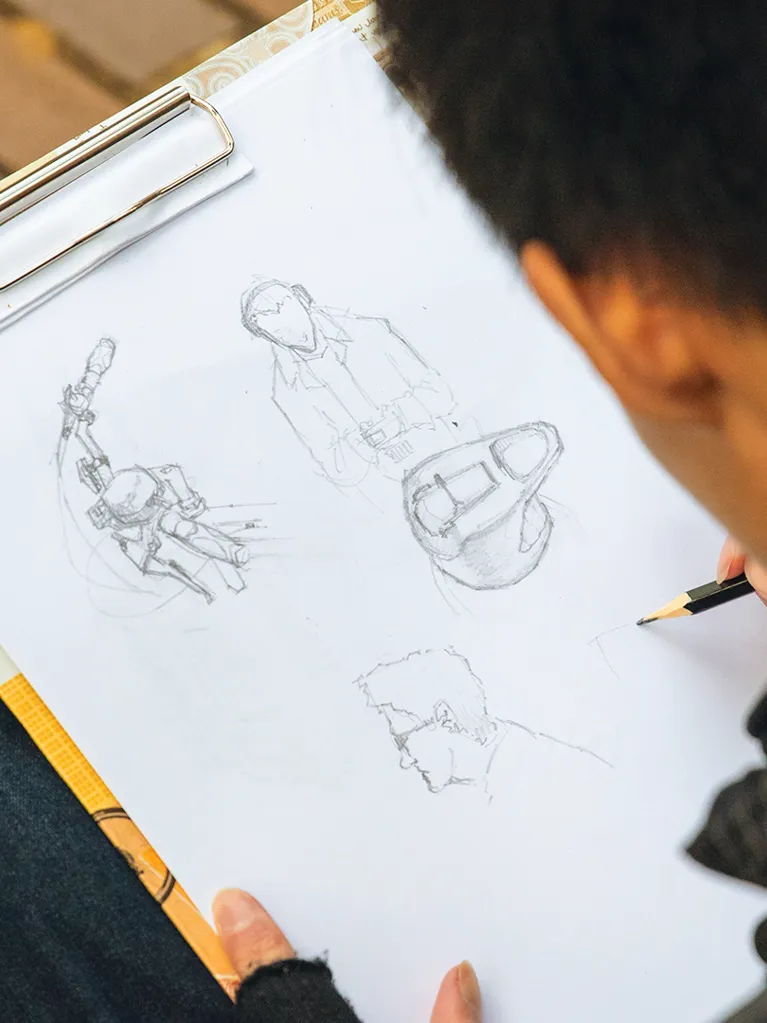Underpinned by a strong understanding of design and image-making, the Diploma provides a hands-on introduction to the process of animation in film, design and games through art and practice.
Get hands-on with the design and development of characters and worlds – from concept to finished art – and create arresting graphical motion and believable character performances with a Diploma of Creative Arts (Animation). Be introduced to drawing and visualisation techniques, learn traditional techniques and cutting-edge motion design and acquire the core skills and tools required for 3D modelling and animation.
Students are given the opportunity to plan, execute and deliver a mentored project based on their stream.
Why Study Animation at JMC?
Technology & Facilities
During this course you will be able to access the Full Adobe Creative Cloud Suite, Autodesk Maya, Wacom Intuos Pro and Cintiq tablets, Animation lightboxes + line testers, ball and socket stop-motion rigs, Dragonframe stop-motion software, 18-camera motion-capture suites, VR facilities, green-screen studios, renderers (Redshift, Pixar RenderMan, Arnold), Substance Painter for texturing, Zbrush for sculpting, Compositing tools (After Effects, Nuke), Katana for Look Development and Shotgun Studio for Project Planning and Management.
Duration
When undertaken full-time, the Diploma of Creative Arts (Animation) can be completed in 8 months (2 trimesters).
Upon successful completion of the Diploma qualification, students are eligible to continue their studies into the Bachelor Degree with advanced standing of two trimesters.
Students who have successfully completed 4 trimesters of the Bachelor programme may successfully graduate with an Associate Degree qualification.
Course Structure
The Diploma of Creative Arts (Animation) makes up the first 2 trimesters of the Animation Bachelor's degree. At the successful completion of 2 trimesters, our modular course structure lets you graduate with an officially recognised diploma or continue seamlessly towards the industry standard Bachelor of Creative Arts (Animation) degree.













